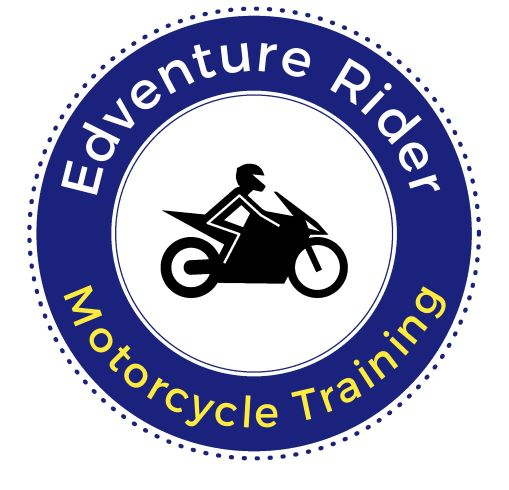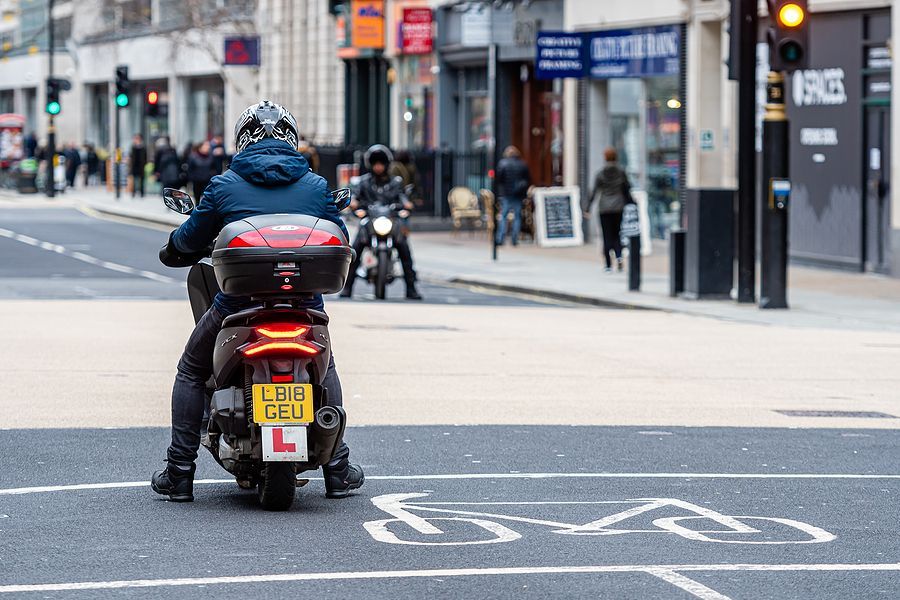Are Regulations For Motorcycle Tests And Training Changing?
The goal of a motorcycle driving school is ultimately to ensure that all riders are ready to ride on public highways safely and confidently, and the only way this is possible is through a strong testing regime focused on the safety standards needed in the real world.
Whilst there have been campaigns for years for changes to the motorcycle licensing framework, both the National Motorcyclists Council (NMC) and the Motorcycle Industry Association (MCIA) have reported that the Department for Transport (DfT) is considering changes to the system.
A series of meetings with Lilian Greenwood MP, the Minister for the Future of Roads, have left both the NMC and MCIA confident that some significant changes are coming when it comes to motorcycle regulation, in order to ensure high standards of safety.
For the NMC, this is the culmination of a campaign that has lasted at least three years with concerns that date as far back as 2013.
The NMC published a series of proposals when it came to reforming the regulations surrounding the CBT.
These included implementing changes announced in 2017 that would have added a theory test and a hazard perception section to the test similar to a car driving license, and including provisions to have these tests undertaken online.
They also proposed that a CBT remains valid for two years, to be followed by a two-year CBT Plus if they do not get a full license within two years, followed finally by a test to get an AM or A1 license depending on the bike they are riding.
These points, alongside several extra points to reform the testing process, were first published in 2022, but with different people in charge of the Department for Transport, it seems far more possible that change could be on the horizon.
No report has been announced as yet, and how it will affect current CBT holders is also unknown. But it appears that change is coming sooner rather than later.














